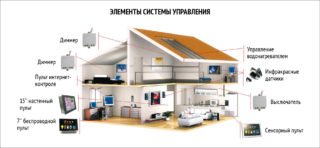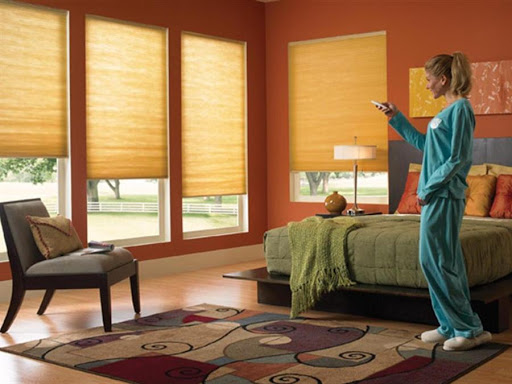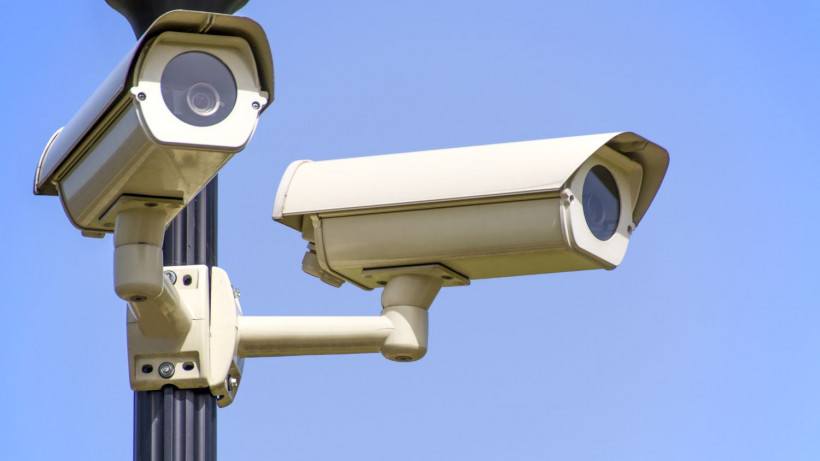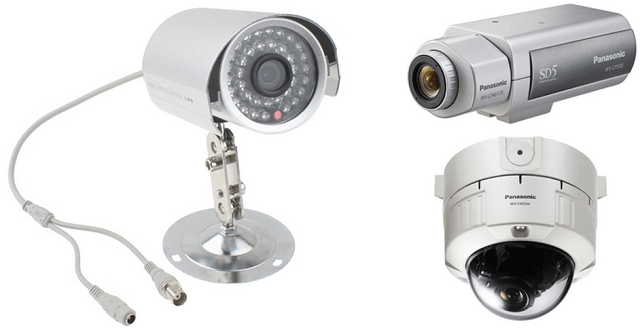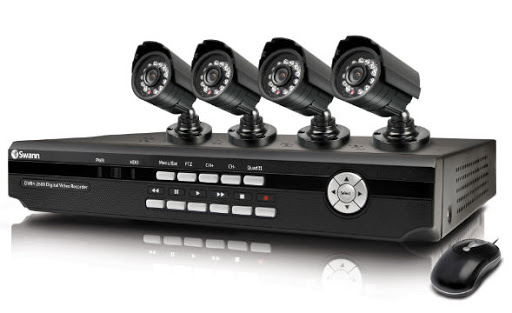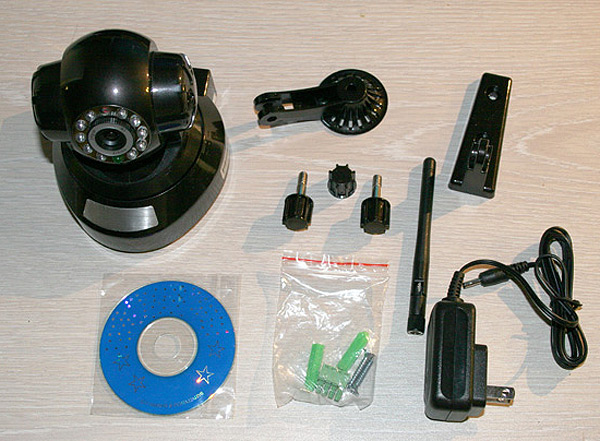The principle of functioning of the "smart home" system was developed and implemented many years ago. It has only been possible to implement it on an updated element base (with improved software) in recent decades. This was facilitated by the rapid development of digital technologies and the emergence of universal electronic devices that expand the capabilities of the system.
Definition and capabilities of a smart home
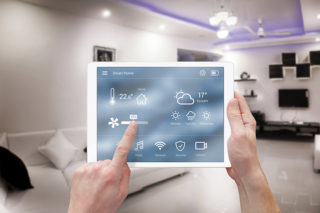
A "smart home" in relation to a residential building is understood as an automatic control system for all engineering networks available in it. To realize the possibilities laid down in it, you will need special electrical equipment and modern gadgets. Thanks to their use, the entire complex of technical means can be controlled remotely.
The owner of a private house or apartment can switch household appliances while at work. In addition, it becomes possible to turn on and off heating devices on the way home. If necessary, you can turn off a forgotten iron or lighting in the corridor from the workplace.
Smart home functions
Installation of a smart home system is possible if there is a set of technical means, the composition of which depends on the needs of a particular user.
Main functions:
- automatic and remote control of heating equipment and air conditioners;
- at the right time, turning on and off household electrical appliances;
- adjust the degree of illumination in the premises and on personal plots;
- exclusion of the possibility of unauthorized persons entering the apartment or house;
- warning about accidental fire and start of fire.
Through such a complex, it is possible to ensure uninterrupted power supply. In especially advanced systems, it is allowed to monitor the condition of the water supply system and sewerage system in order to protect against leaks.
Special devices and control features
- microprocessor technology or controllers providing high-speed information processing and control of individual elements;
- uninterruptible power supplies and UPS;
- cameras and IR sensors that monitor objects and transmit information about their condition;
- relay modules that directly turn on and off household appliances;
- dimmers that allow you to smoothly change the level of illumination.
To control the entire complex of devices and devices, you need a remote control or a stationary panel, equipped in a place convenient for the owner. Its function can be performed by a personal computer, tablet or smartphone.
A feature of the smart home system is the ability to control the state of technical equipment remotely. Several scenarios or options for solving a specific problem are prepared in advance. It can be simple (turning on the air conditioner at a certain temperature) or more complex. The last category includes the task of turning on a smart TV, accompanied by closing the curtains and reducing the level of illumination in the room.
Installation steps
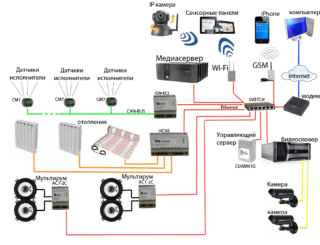
Before connecting the system, you need to familiarize yourself with the procedure and scope of work for the implementation of the project, depending on the characteristics of the serviced object. In general, they are divided into preparatory and main stages. First, the locations for the installation of individual elements (sensors, touch panels, meters and other modules) are outlined, after which the cable lines are laid out. Next, niches are prepared for junction boxes, control panels and other built-in equipment.
At the main stage, the following operations are carried out:
- According to the marking, rough work is organized, including fixing devices and laying channels for low-current and power circuits.
- Switching and distribution equipment is hung on the prepared places.
- All elements of the system are connected by means of connecting lines (by connecting power and signal cables).
- The control complex is put into operation and tested.
In the course of the work, you will need to think about the issue of placing part of the cable lines under stretch ceilings or in natural niches. Branded switching equipment with a modern design is installed openly.
At the end of the complex of works, in addition to testing, various scenarios for controlling executive devices are tested.
Laying of connecting and power cable lines
The smart home control system provides for the use of two types of connecting cables: signal and power. When laying them together, it is important to take into account that 220 Volt circuits form a force field capable of generating electromagnetic interference. The latter distort the transmitted signals and disrupt the operation of the system. To avoid an undesirable effect, the control cables are placed in a copper or steel screen, which reliably protects the wires from the effects of e / m interference. If this fails, you will have to lay the routes separately, at a distance of at least 1.5-3 meters from one another.
Function setting

At the stage of configuring the functionality of the system, all installed devices are programmatically combined into a common network. Each of them turns on in turn and is thoroughly tested according to the software installed for it. Further, their functioning as a part of the complex is checked, after which all detected violations in the program's operation are eliminated. The stage of software adjustment is considered the most difficult in the whole complex of works carried out during commissioning.
The easiest way to configure modular systems, consisting of ready-made circuit and software nodes. All that remains is to install the system structure, connect to the network and run the finished program. In especially difficult cases, it is necessary to develop special software designed specifically for the installed set of equipment.
To alleviate the situation, experts recommend using suitable software modules taken and installed directly from the Internet. With their help, the software environment of the required configuration is easily selected. Another way out is to create your own website, which is easiest to assemble using a ready-made template on a universal engine. At the end of the tuning operations, they proceed to launch the system and finally check its functionality.
Adding a new device
Often, newly connected devices have to be added to an already working smart home system. In addition to purely technical procedures, its expansion will require a corresponding correction of the control program.
As an example of adding a new device to a smart home control system, an ordinary light bulb operating in a "smart" field is considered. To connect it, you will need to do a number of operations in the following sequence:
- The light is disconnected from the mains.
- The procedure for adding an instrument is started on the PC controlling the system.
- They are waiting for the controller to be ready for operation (the control LED on its body is blinking).
- After a while, there will be a proposal to turn on the lamp to the network (apply voltage to it), after which they make sure that the controller does not start blinking so often.
Next, the light is connected to the network and does not turn off until the end of the setup procedure. It will first blink and then be added to the list of supported devices. If this does not happen within 3-5 seconds, you need to turn the lamp on and off at an accelerated pace three times in a row. After that, she should blink again and be added to the working equipment.

